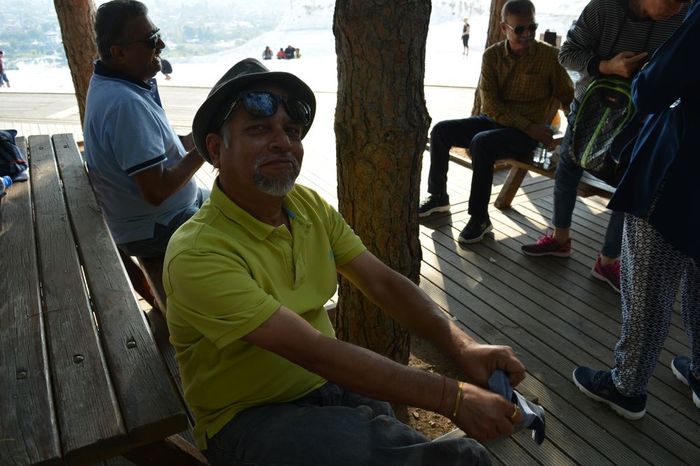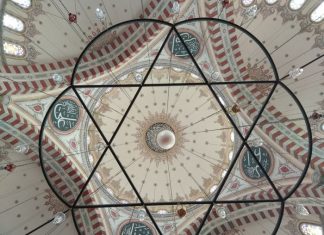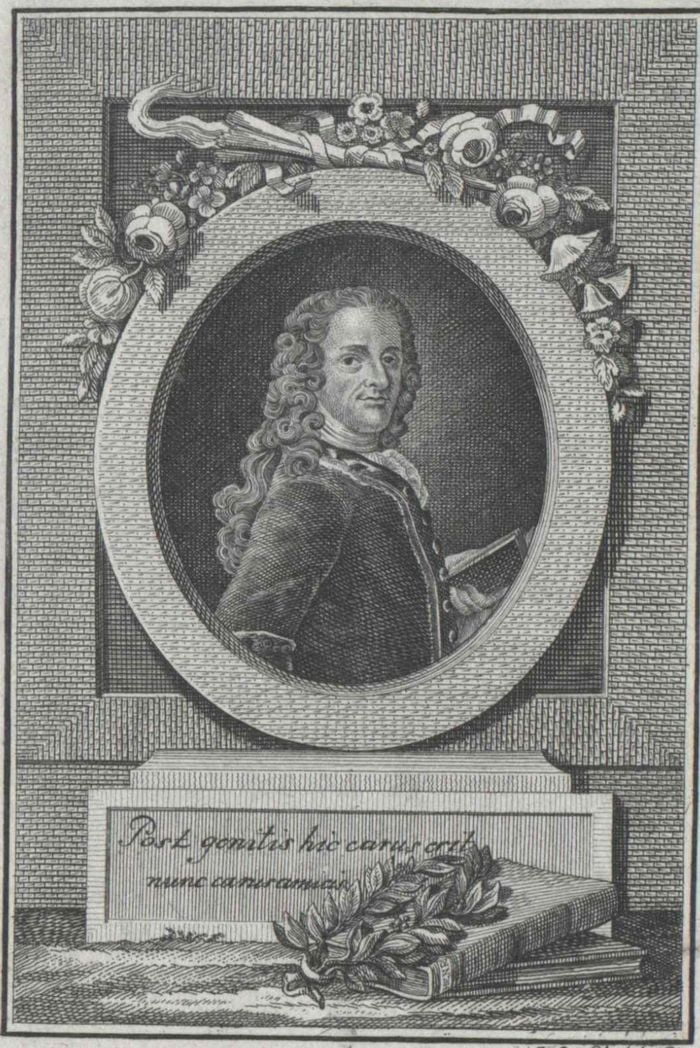For as often as they are seen in their pictorial representations, people who look at them are ardently lifted up to the memory and love of the originals and induced to give them respect and worshipful honour (aspasmon kaitimetiken proskynesin but not real adoration (alethinen latreian) which according to our faith is due only to the Divine Nature. So that offerings of incense and lights are to be given to these as to the figure of the sacred and lifegiving Cross, to the holy Gospel-books and other sacred objects in order to do them honour, as was the pious custom of ancient times. For honour paid to an image passes on to its prototype; he who worships (ho proskynon) an image worships the reality of him who is painted in it” (Mansi, XIII, pp. 378-9; Harduin, IV, pp. 453-6).
That is still the standpoint of the Catholic Church. The question was settled for us by the Seventh Œcumenical Council; nothing has since been added to that definition. The customs by which we show our “respect and worshipful honour” for holy images naturally vary in different countries and at different times. Only the authority of the Church has occasionally stepped in, sometimes to prevent a spasmodic return to Iconoclasm, more often to forbid excesses of such signs of reverence as would be misunderstood and give scandal.
The Schoolmen discussed the whole question at length. St. Thomas declares what idolatry is in the “Summa Theologica”, II-II:94, and explains the use of images in the Catholic Church (II-II:94:2, ad 1Um). He distinguishes between latria and dulia (II-II:103). The twenty-fifth session of the Council of Trent (Dec., 1543) repeats faithfully the principles of Nicaea II:
Virgin Mother of God
[The holy Synod commands] that images of Christ, the Virgin Mother of God, and other saints are to be held and kept especially in churches, that due honour and reverence (debitum honorem et venerationem) are to be paid to them, not that any divinity or power is thought to be in them for the sake of which they may be worshipped, or that anything can be asked of them, or that any trust may be put in images, as was done by the heathen who put their trust in their idols [Psalm 134:15 sqq.], but because the honour shown to them is referred to the prototypes which they represent, so that by kissing, uncovering to, kneeling before images we adore Christ and honour the saints whose likeness they bear (Denzinger, no. 986).
As an example of contemporary Catholic teaching on this subject one could hardly quote anything better expressed than the “Catechism of Christian Doctrine” used in England by command of the Catholic bishops. In four points, this book sums up the whole Catholic position exactly:
* “It is forbidden to give divine honour or worship to the angels and saints for this belongs to God alone.”
* “We should pay to the angels and saints an inferior honour or worship, for this is due to them as the servants and special friends of God.”
* “We should give to relics, crucifixes and holy pictures a relative honour, as they relate to Christ and his saints and are memorials of them.”
* “We do not pray to relics or images, for they can neither see nor hear nor help us.”
Read More about The Falcon part 4








